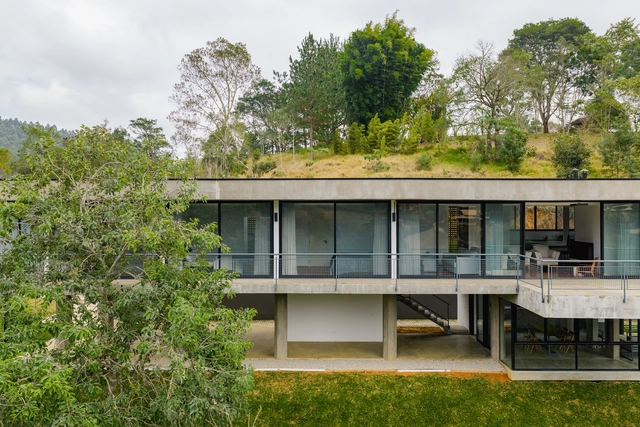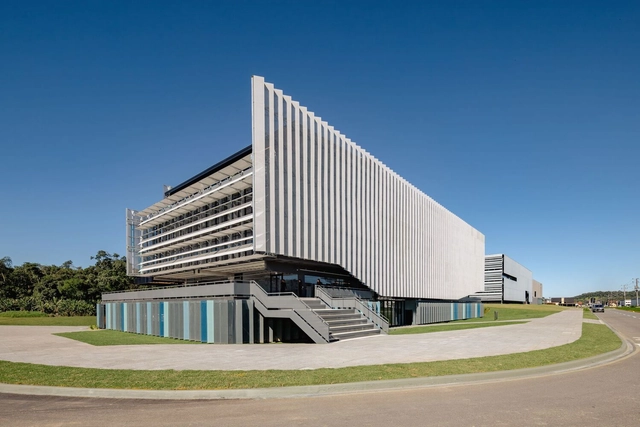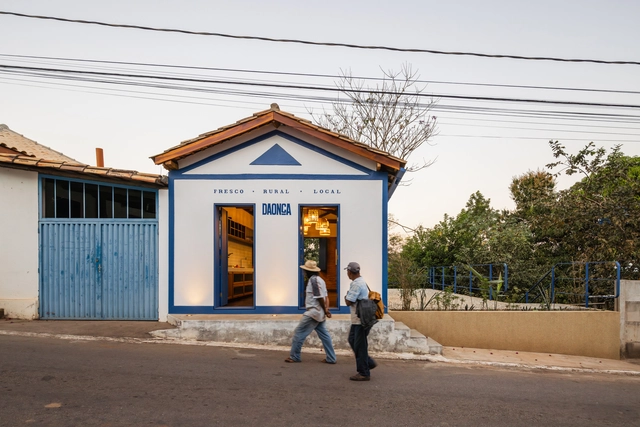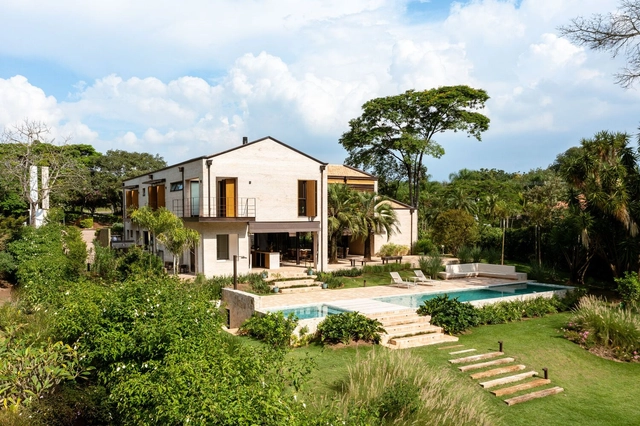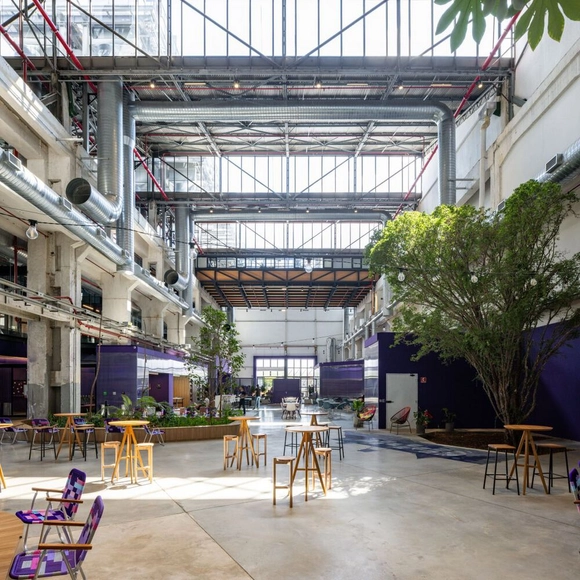BROWSE ALL FROM THIS PHOTOGRAPHER HERE
↓
December 02, 2025
https://www.archdaily.com/1036332/doca-linear-park-natureza-urbana Susanna Moreira
November 26, 2025
https://www.archdaily.com/1036381/museum-of-the-amazon-gua-arquitetura-plus-bo-arquitetos Susanna Moreira
November 14, 2025
https://www.archdaily.com/1035835/sap-house-estudio-brasileiro-de-arquitetura-plus-atelie-au Susanna Moreira
October 15, 2025
https://www.archdaily.com/1034829/unimed-federation-at-arquitetura Valeria Silva
June 15, 2025
https://www.archdaily.com/1029923/house-graviola-sertao-arquitetos Valeria Silva
June 04, 2025
https://www.archdaily.com/1030519/al-house-tagua-arquitetura Pilar Caballero
April 14, 2025
© Pedro Kok + 45
Area
Area of this architecture project
Area:
48438 ft²
Year
Completion year of this architecture project
Year:
2023
Manufacturers
Brands with products used in this architecture project
Manufacturers: Day Brasil , Elevatec , Eliane , Hunter Douglas , Intercity , +9 Keramika , Knauf , Metadil , Novidario , Pormade , San Marmore , Santiglass , Turra Engenharia , Victor Cobervickas -9 https://www.archdaily.com/1028943/verde-school-ricardo-gusmao-arquitetos-plus-guido-otero-arquitetura Pilar Caballero
December 21, 2024
https://www.archdaily.com/1023903/agora-uni-estudio-modulo Pilar Caballero
December 05, 2024
https://www.archdaily.com/1014137/pina-contemporanea-museum-arquitetos-associados Susanna Moreira
November 02, 2024
https://www.archdaily.com/1022724/santa-marta-center-carvalho-terra-arquitetos Pilar Caballero
October 23, 2024
https://www.archdaily.com/1022507/fluir-house-sabella-arquitetura Valeria Silva
October 12, 2024
https://www.archdaily.com/1026614/atelier-tabaete-verri-and-galvao-arquitetos Susanna Moreira
October 12, 2024
https://www.archdaily.com/1021686/onca-warehouse-estudio-pedro-haruf Valeria Silva
September 12, 2024
https://www.archdaily.com/1021041/minas-house-sabella-arquitetura Valeria Silva
August 04, 2024
© Manuel Sá + 28
Area
Area of this architecture project
Area:
340 m²
Year
Completion year of this architecture project
Year:
2024
Manufacturers
Brands with products used in this architecture project
Manufacturers: Carbono , Casa Franceza , Cenário 2 , Clami , Construflama , +13 Cremme , Dengô , Fernando Jaeger , Italian Pisos , Ladrilar , Metalcema , Pedras Coimbra , Portobello , REKA , Tokstok , Tramontina , Vasart , Vladimir Boniconte -13 https://www.archdaily.com/1019590/corujas-house-goiva Susanna Moreira
June 11, 2024
https://www.archdaily.com/1017451/house-in-itu-lucio-fleury-arquitetura Andreas Luco
May 24, 2024
https://www.archdaily.com/1016982/nubank-spark-offices-mm18-arquitetura Pilar Caballero
May 19, 2024
https://www.archdaily.com/1016751/house-brise-sidney-quintela-architecture-plus-urban-planning Pilar Caballero



